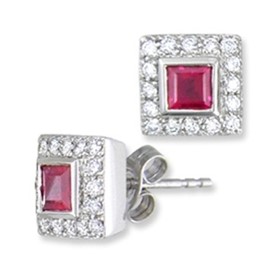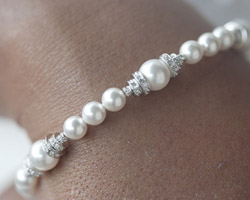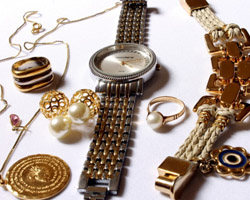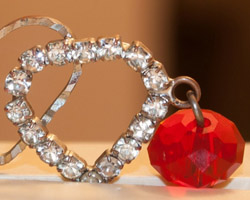Schwanke-Kasten Explores the World of Gemstones: Rubies
When you think of red gemstones, one choice immediately comes to mind: Rubies! They are one of the rarest gemstones on the planet and part of the “Big 4” in the jewelry world: diamonds, sapphires, emeralds, and rubies. In fact, they symbolize fire and blood (implying warmth and life for humankind), passion, and love as well as are July’s Birthstone.
Historically, Many associate India as the country of origin for rubies. The Sanskrit word for ruby (ratnaraj) is roughly translated into ‘king of the gemstones’. For centuries Indian rulers had high dignitaries greet any rubies that were found. Many royal households use rubies as an insignia.
Corundum, which is clear, is the base mineral of a ruby. It is slight traces of chrome, iron, titanium or vanadium that are responsible for the red color of rubies. Corundum is one of the hardest minerals on the planet and rubies have a score of 9 on the Mohs scale, second only to diamonds. The cut of a ruby is of upmost importance. Only a perfect cut will reveal the true beauty of this valuable stone.
There are three pitfalls to consider when purchasing jewelry these gemstones. First, the market includes jewelers who sell synthetic or “laboratory created” rubies. In fact, some gemologist will treat these stones with heat to improve color. Finally, shady jewelers will sell purple sapphires to unsuspecting customers. Remember that rubies should be a red-red and be sure to visit with us in one of our Schwanke Kasten Jewelers.
You can also embrace the color of red by exploring our fine selection on our Schwanke-Kasten Jewelers website.




I really love those ruby earrings in the picture.